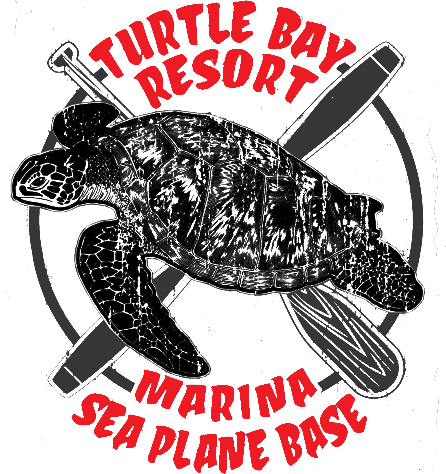How to Tow Water Sports Responsibly
We all got into water sports to have fun, right? Well, it's not much fun to get stranded, injured or worse. As a result, the first step to ensure everyone has a good time on the water is for all of us to take the time to be responsible boaters. If you are still thinking about getting into boating and watersports have a look at the different boat types. Here are seven ways to get you out on the water in a safe manner:
Get Familiar with Your Surroundings Each waterway is unique and has its own set of challenges and potential perils. Depending on where you boat, you might have to contend with currents, tides, underwater hazards, shallow spots or any number of things that could end your day, cause harm to you and your boat, and cost you thousands of dollars. Once you've identified the line you want to run, take a pass or two through at idle, keeping an eye on water depth and an eye out for any potential hazards.
Communication Is Crucial One of the unique challenges of water sports is that the driver and the person being towed are separated by the length of the towrope. As a result, verbal communication isn't possible. Instead, you should establish hand signals up front to maintain constant communication. Some of the basics are thumb up and thumb down to adjust speed, patting the top of your head to end your set, or swirling your pointer finger in a circular motion to turn around. (Click here for essential water sports hand signals.) Whatever hand signals you choose to use, make sure the driver and each participant are on the same page before each ride.
Set Your Speed Each water-sports discipline has its ideal tow speed. For example, you might pull a beginner wakeboarder as slowly as 10-12 mph at times, while an advanced slalom skier will go as fast as 36 mph. As a result, it's very important to know the proper speed for the sport you're pulling in order to ensure everyone's safety and fun.
Wear Your Life Jacket. PFD approved by Transport Canada, the Canadian Coast Guard, Fisheries and Oceans Canada or any combination thereof. A lot of wakeboarders and water skiers are opting to wear comp vests these days, but it's important to note that those vests are designed exclusively for the incredibly controlled environment of competitions, where safety and medical staff are at the ready. Bottom line: If your vest doesn’t float you after you've wrecked and blown all your breath out, don't wear it. It's not worth struggling in the water - or worse, drowning - after an injury just to look cool.
Don't Drink and Boat. Last but certainly not least, never under any circumstances operate the boat or participate in water sports under the influence of alcohol or drugs. I know everyone wants to have a good time, but wait until you are off the water. No one performs better under the influence, so do what you want to do out on the water first before you partake of the libations.



